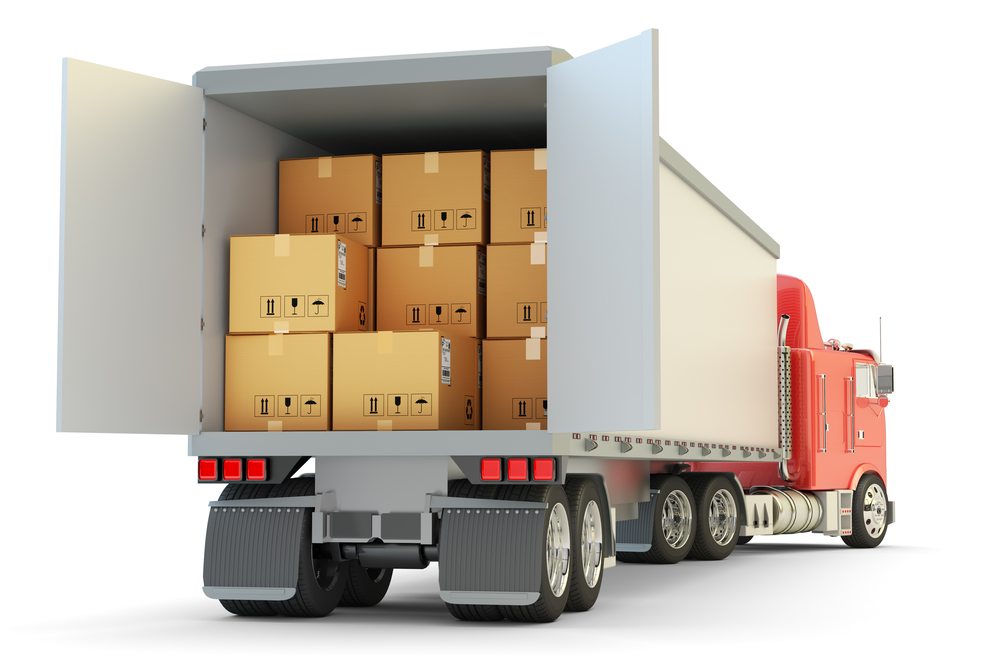4 Steps to Unlock the ROI Hidden in Your Transportation Data (1.15.24)
The most important asset for today's businesses is information. Learn how to capture, analyze and utilize your logistics data to gain an edge.
Data is supreme in today's logistics. Customers want to know what they're getting, where it is and when it's going to arrive. Carriers want relationships with businesses who make their job easier, and shipping departments want to be able to check up on goods from warehouse to the last mile.
A staggering amount of data is transmitted every day, but your business only needs to navigate its own lane of the information superhighway. In this blog, we're going to discuss how to:
-
Capture as much logistical data as possible
-
Mine social media for relevant signals
-
Sift that information for the metrics that matter most
-
Put the data to work optimizing your shipping operations
Capturing logistical data
Did you know that applying data to your business decisions can have an ROI as high as 241%? Businesses need to make their supply chains more transparent to capture such data, though, and a Transportation Management System (TMS) is a great way to get it done. Think of it as a birds-eye-view of your entire supply chain.
A TMS will track the process of your shipments and provide data that's essential to streamline things from quote to delivery. Data on carriers, pricing, transit times/delays and other key performance indicators is gathered in a centralized location and presented in customizable reports.
This puts your logistics data in one place for review — a far more effective data capture method, especially if your business has multiple shipments in motion through different carriers.
Social media is a powerful data miner
Social media may not be the first thing that springs to mind when thinking about capturing transport data, but when used professionally, social media can be a data capture goldmine.
For example, your logistics partners will post transportation updates that help keep you in the loop on new developments, opportunities or complications. Following news and weather related to your supply routes could give advance notice of transportation problems ahead.
Customer satisfaction is arguably the most important of all logistical metrics, and social media is the key to capturing it. Businesses should use social to dialog with customers by taking questions, commendations and criticisms as feedback for transportation analysis. Positive feedback is proof you're on the right track, while one dissatisfied voice could reveal a transportation problem you never knew you had.
Analyzing the captured data
With a wealth of numbers and statistics at your disposal, it’s now time to ask the right questions. Which numbers relate to which department/team member? How can you use what you now know to run a more efficient business?
Headache-inducing spreadsheets are history. Today, a Customer Relationship Management solution (CRM) may be the best answer. CRM's can streamline access to different data types, providing businesses with customer information while integrating smoothly with existing transport operations and other areas like e-commerce, warehousing and more.
There's no shortage of such platforms on the market, and many are customizable so you can break down and view the data in ways that work for you. Data can be segmented, prioritized and even color-coded by any metric you care to set.
Even with so much data in plain sight, it can be difficult for a business to translate that into transportation strategy. Therefore, Resource Logistics Group offers (among many other services) ongoing logistical analytics with regular updates that will help you turn raw transport data into actionable business intelligence.
Utilizing your gathered data
This is where it all goes to work: Your business is more operationally aware and can make better logistics decisions, your current carrier(s) can be more efficient thanks to the deeper data you provide, and your customers can access shipping data directly to check the progress of their shipments at any time.
That last part not only makes customers happier; it also saves you time and money. Concerned or confused clients won't be calling or emailing your shipping department looking for answers, causing your team to lose time and productivity in responding. On-demand data lets the customer check when they wish while your business gets on with production.
Access to real-time delivery information is also a win-win for customers and carrier schedules. It allows customers to plan to be around when goods arrive, and carriers won’t have to waste transportation time on repeat delivery attempts.
Every piece of data, whether from your supply chain or your social media, is another piece in the risk management puzzle. For example, a simple weather or traffic update on social media is really a route management and mobility planning opportunity in disguise. You just need to know how to look at information to see the treasure it can hold.
Data capture and deployment are essential for any business looking to optimize their operations. When you partner with us, there’s no need to drown in that data or saddle your back-office team with a mountain of work. Reach Resource Logistics Group at the link below to learn more about how we can clarify your reports for a more efficient future.
Resource Logistics Group provides transportation and logistics advice combined with professional services and state-of-the-art technology. From contract negotiations to easing back office burdens, we’re your ally in excellence. Connect with us on our contact page for a free benchmarking analysis.



